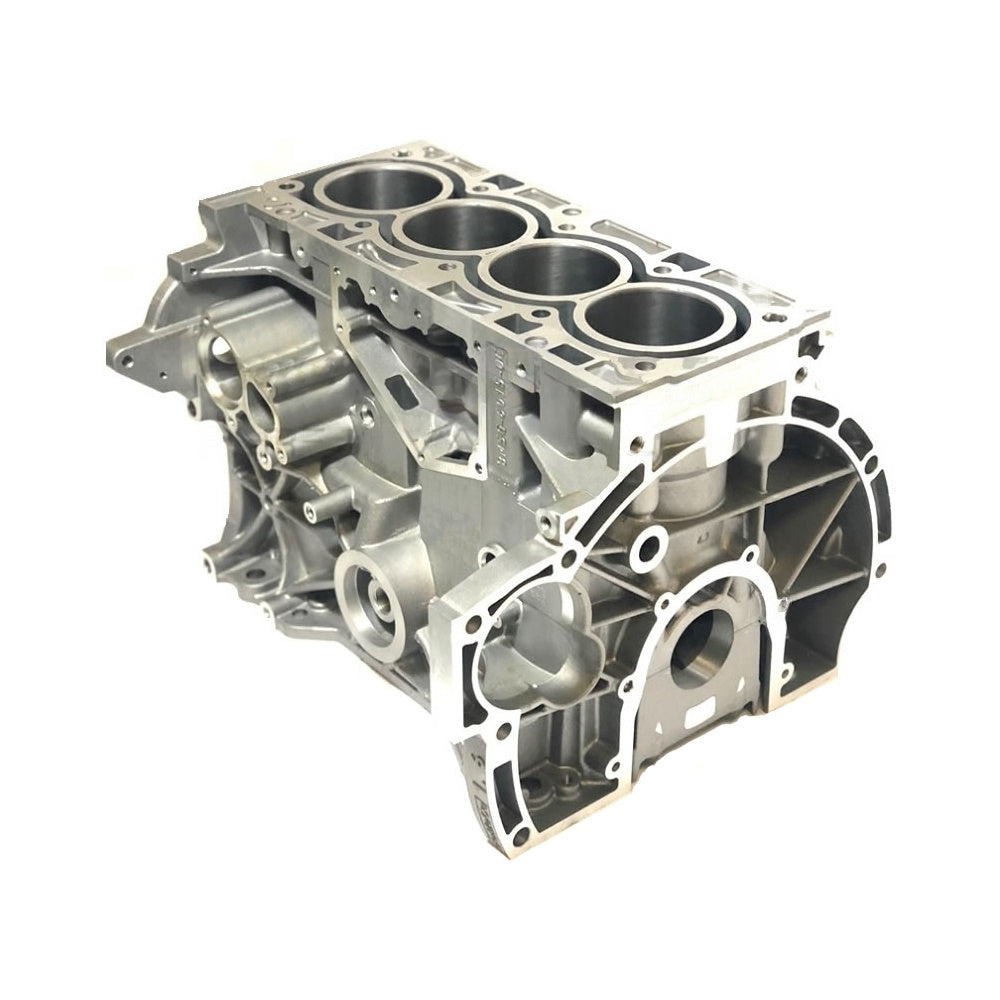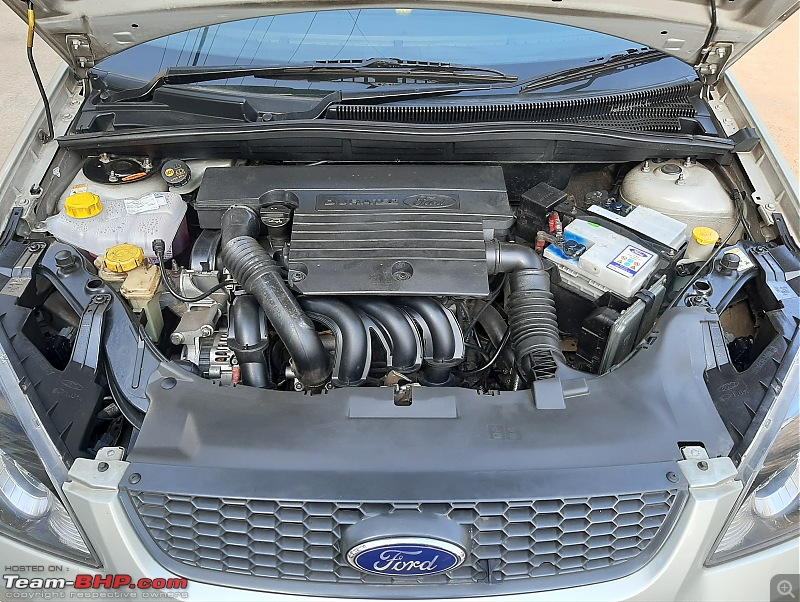How a Ford Fiesta Engine Tune-Up Can Improve Your Car’s Performance
Unlocking the Power of Engines: A Comprehensive Guide to Efficiency and Effectiveness
Comprehending the complex technicians of engines is essential for both performance enthusiasts and daily chauffeurs. The answers might redefine our method to engine efficiency and efficiency in methods that are both enlightening and important.
Comprehending Engine Fundamentals
What makes up the essential technicians of an engine? At its core, an engine is a maker created to convert gas into power through a collection of controlled surges or burning processes. The primary elements consist of the cyndrical tube, piston, crankshaft, camshaft, and valves. The cyndrical tube serves as the chamber where burning happens, while the piston moves within the cylinder to convert the power from combustion into linear motion (ford fiesta engine).
The crankshaft then changes this direct movement into rotational power, which inevitably powers the vehicle. The camshaft manages the opening and closing of the valves, managing the intake of air and fuel and the expulsion of exhaust gases. In addition, the engine relies upon a carefully adjusted fuel-air mixture, ignition system, and cooling down system to guarantee ideal efficiency and performance.
Understanding engine essentials also includes recognizing the significance of engine cycles, such as the four-stroke cycle, which consists of intake, exhaust, compression, and power strokes. Each stage is crucial in making certain the engine operates smoothly and effectively. Mastery of these essential auto mechanics prepares for exploring a lot more intricate engine dynamics and efficiency metrics, essential for enhancing both power result and efficiency.
Key Performance Metrics
Trick efficiency metrics are crucial for examining an engine's effectiveness and power outcome, giving valuable understandings for both makers and customers. These metrics function as criteria for engine performance, permitting notified decisions in manufacturing, style, and buying.
One of the key metrics is horsepower, which quantifies the engine's capability to execute work over time. Torque, measured in pound-feet, is one more crucial metric that shows the engine's rotational pressure, directly affecting acceleration and hauling ability. Gas efficiency, normally determined in miles per gallon (MPG) or litres per 100 kilometers (L/100km), analyzes how effectively the engine converts fuel into motion, influencing functional costs and environmental factors to consider.
Furthermore, thermal effectiveness procedures how well an engine converts fuel energy right into useful job, disclosing insights right into energy losses mostly through warm. Emission levels, including CO2 and NOx, are likewise crucial, reflecting the engine's ecological impact and conformity with regulatory standards.

Tuning Strategies for Efficiency
Tuning techniques play a substantial duty in enhancing engine performance by enhancing efficiency metrics determined in earlier discussions (ford fiesta engine). Different approaches exist to adjust an engine, each adding to boosted gas economic climate and minimized discharges
One efficient method is readjusting the air-fuel proportion, making certain the engine runs within the optimal combustion regimen. A leaner blend can improve fuel effectiveness, yet it needs to be balanced to stop misfires or engine knock. In addition, reprogramming the engine monitoring system can rectify specifications such as ignition timing, which additionally enhances performance while keeping power output.
An additional vital approach entails modifying the consumption and exhaust systems. Upgrading to high-performance air filters and exhaust headers can decrease back stress, assisting in better air flow. This permits the engine to take a breath more freely, bring about enhanced combustion effectiveness.
In addition, the execution of sophisticated adjusting tools, like dyno testing, gives accurate information that enables targeted modifications. On a regular basis monitoring these performance metrics makes sure that adjusting efforts generate the desired efficiency results. Collectively, these strategies not only bolster engine performance yet likewise contribute to lasting sustainability in engine operations.
Upkeep for Optimal Efficiency
Regular engine maintenance is essential for attaining optimal performance and long life. A well-kept engine not just operates efficiently however also reduces the threat of costly repair services and breakdowns. Trick components needing normal attention consist of oil, filters, belts, and trigger plugs.
Changing the engine oil at suggested periods is important, as oil lubes relocating parts and protects against overheating. Replacing oil and air filters makes sure that pollutants do not harm engine function. Overlooking these elements can cause lowered efficiency and prospective engine damages.
In addition, inspecting and replacing worn belts and hose pipes is crucial to stop abrupt failings. Timing belts, specifically, need to be changed according to the manufacturer's schedule to stay clear of catastrophic engine damage.
Ignition system should also be checked and changed as essential, given that they play a crucial role in ignition and fuel this hyperlink performance.
Future Fads in Engine Technology
Accepting improvements in innovation, the future of engine style is positioned to transform efficiency and efficiency across different applications. Among one of the most considerable trends is the shift towards electrification. Crossbreed and completely electrical powertrains are coming to be significantly conventional, providing decreased emissions and boosted fuel efficiency. This change is not simply a need yet a fad driven by regulative pressures and customer demand for lasting options.
Moreover, advancements in materials science are bring about lighter, stronger parts that improve engine efficiency while decreasing power usage. Advanced manufacturing methods, our website such as 3D printing, permit the development of intricate geometries that improve air flow and thermal monitoring, thus maximizing combustion processes.
In addition, the integration of expert system and machine discovering is established to transform engine diagnostics and performance adjusting. These modern technologies can examine huge quantities of information in genuine time, making it possible for predictive maintenance and customized performance enhancements.
Verdict
In final thought, unlocking the power of engines needs a complete understanding of their auto mechanics and efficiency metrics. Carrying out reliable adjusting methods and adhering to regular maintenance techniques considerably enhance engine capabilities.
Additionally, the engine depends on a thoroughly calibrated fuel-air blend, ignition system, and cooling down system to ensure optimum efficiency and efficiency.
Recognizing engine essentials also involves identifying the importance of engine cycles, such as the four-stroke cycle, which consists of consumption, compression, exhaust, and power strokes. Mastery of these essential auto mechanics lays the groundwork for discovering much more complex engine dynamics and performance metrics, vital for optimizing both power outcome and efficiency.

Embracing developments in technology, the future of engine design is poised to revolutionize efficiency and performance throughout various applications.